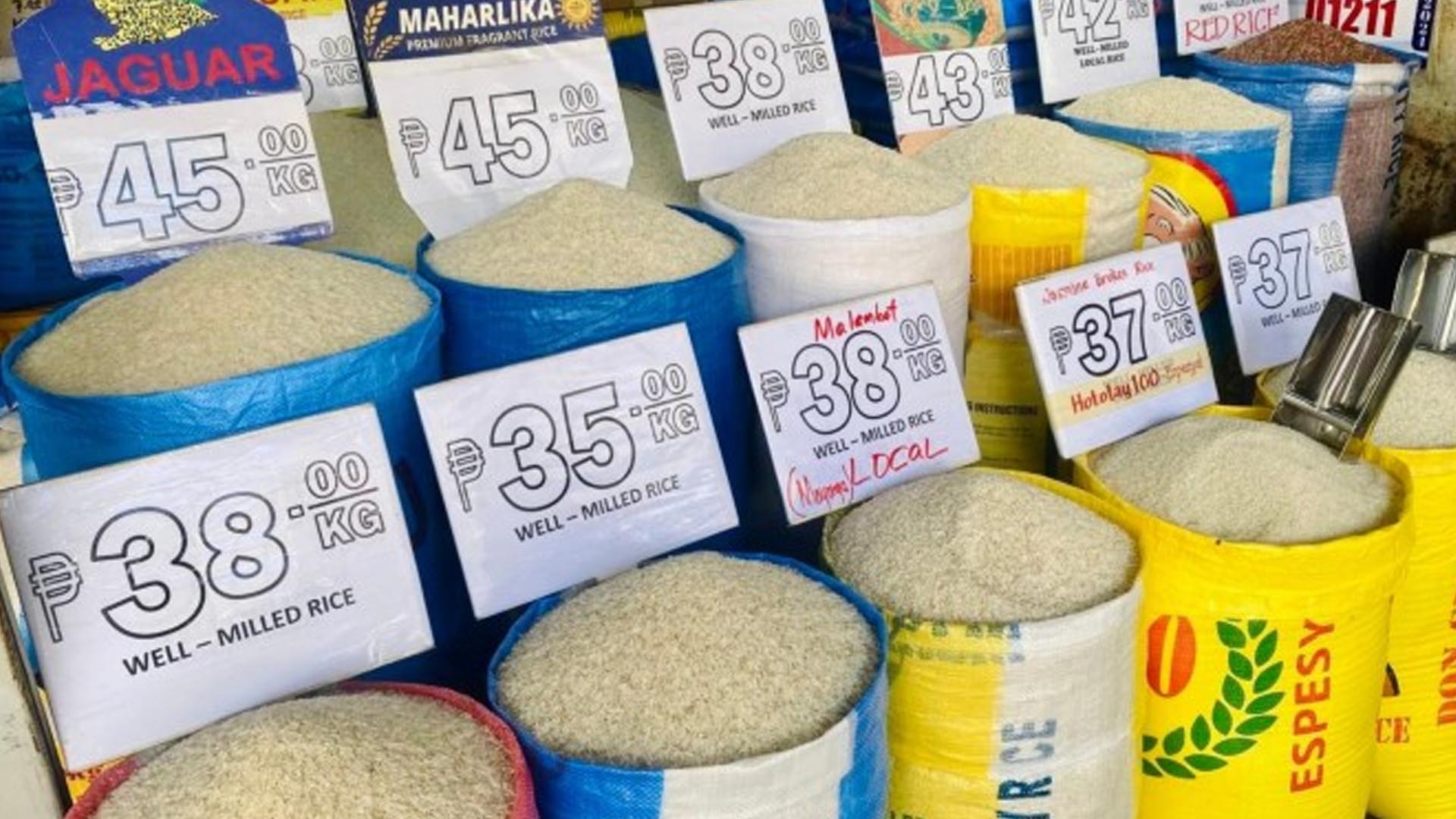The Department of Agriculture (DA) on Monday said it seeks to recommend the retention of a 15-percent tariff on imported rice to ensure the stability of the retail price.
In June 2024, President Ferdinand R. Marcos Jr. signed Executive Order 62, which reduced the tariff on imported rice from 35 percent to 15 percent to lower retail prices by at least PHP7 per kilogram.
DA Secretary Francisco Tiu Laurel Jr. underscored the need for a proper timing of tariff reversion.
“I will not increase for now dahil natapos na iyong harvest season dito at sa origin iyong mga nagbebenta (because the harvest season here and from the origin of exporting countries are already done),” he said in a media interview after meeting rice farmers here.
Tiu Laurel said he will present the recommendation in June, ahead of the tariff commission review set in July.
DA spokesperson Assistant Secretary Arnel de Mesa said the move will help ensure stability in retail prices even during lean months from June to September.
“Kapag harvest season kasi, marami kang (During harvest season, you have a high) supply. Law of supply and demand, hindi ganun kalaki iyong presyo sa presyuhan. May ginagamit kang pang-tame sa presyo (the pricing is not that high. You can utilize it to tame the retail prices),” he said in a separate interview.
“Imaginin mo kapag magtaas ka ng taripa nang limited ang supply mo, limited ang harvest, mas magshu-shoot up ang presyo. Iyan ang iniiwasan natin (Imagine if you increase the tariff while having limited supply, limited harvest, the prices will shoot up. That’s what we’re preventing).”
De Mesa further said tariff retention also complements the DA’s PHP20 per kilogram rice program, dubbed “Benteng Bigas Meron Na (BBM Na)”, for the vulnerable sector.
“Kunwari may PHP20 tapos ang mahal ng bigas, ang mangyari halos wala nang bibili sa kanila. Hahanapin ngayon ng tao iyong PHP20 kahit nung mga nasa middle-income. Mahirap masyado dahil lalong magrereklamo ang retailers (For instance, you have PHP20 then your retail rice is expensive, what will happen is that almost no one will buy from them. The people will now demand the PHP20, even those under the middle-income. That’s challenging because retailers complain more),” he said.
Tiu Laurel, meanwhile, maintained that they are still gearing towards the “gradual reversion” to a 35-percent tariff, but with proper “management.”
“But we already have the recommendation na pwede na i-consider mag-increase (that can be considered to increase) little by little. But it’s a matter of timing,” he said, citing plans to start the gradual reversion during the next harvest season.
During the start of EO 62 imposition, the prevailing price for retail rice was at PHP50/kg to PHP51/kg, according to the DA-Bantay presyo (price watch).
As of May 22, the prevailing prices of imported premium and well-milled rice in Metro Manila are PHP45/kg, while PHP40/kg for imported regular-milled rice.
The price range of premium imported rice, meanwhile, is pegged at PHP43 to PHP55/kg; imported well-milled rice from PHP40/kg to PHP48/kg; and imported regular milled rice from PHP35/kg to PHP45/kg.
Prices of premium local rice range from PHP44/kg to PHP60/kg; local well-milled PHP38/kg to PHP50/kg; and local regular-milled rice PHP33/kg to PHP43/kg; with prevailing prices set at PHP50/kg, PHP45/kg, and PHP40/kg, respectively. (PNA)





